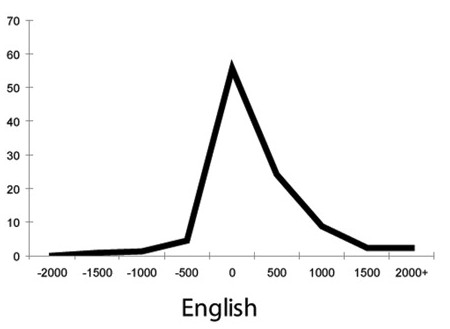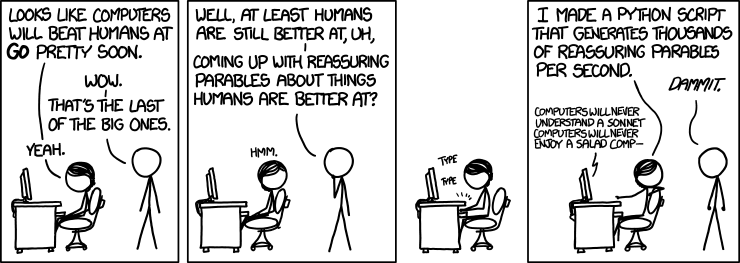Speech rhythms and brain rhythms
[Warning: More than usually geeky…]
During the past decade or two, there's been a growing body of work arguing for a special connection between endogenous brain rhythms and timing patterns in speech. Thus Anne-Lise Giraud & David Poeppel, "Cortical oscillations and speech processing: emerging computational principles and operations", Nature Neuroscience 2012:
Neuronal oscillations are ubiquitous in the brain and may contribute to cognition in several ways: for example, by segregating information and organizing spike timing. Recent data show that delta, theta and gamma oscillations are specifically engaged by the multi-timescale, quasi-rhythmic properties of speech and can track its dynamics. We argue that they are foundational in speech and language processing, 'packaging' incoming information into units of the appropriate temporal granularity. Such stimulus-brain alignment arguably results from auditory and motor tuning throughout the evolution of speech and language and constitutes a natural model system allowing auditory research to make a unique contribution to the issue of how neural oscillatory activity affects human cognition.
Read the rest of this entry »



